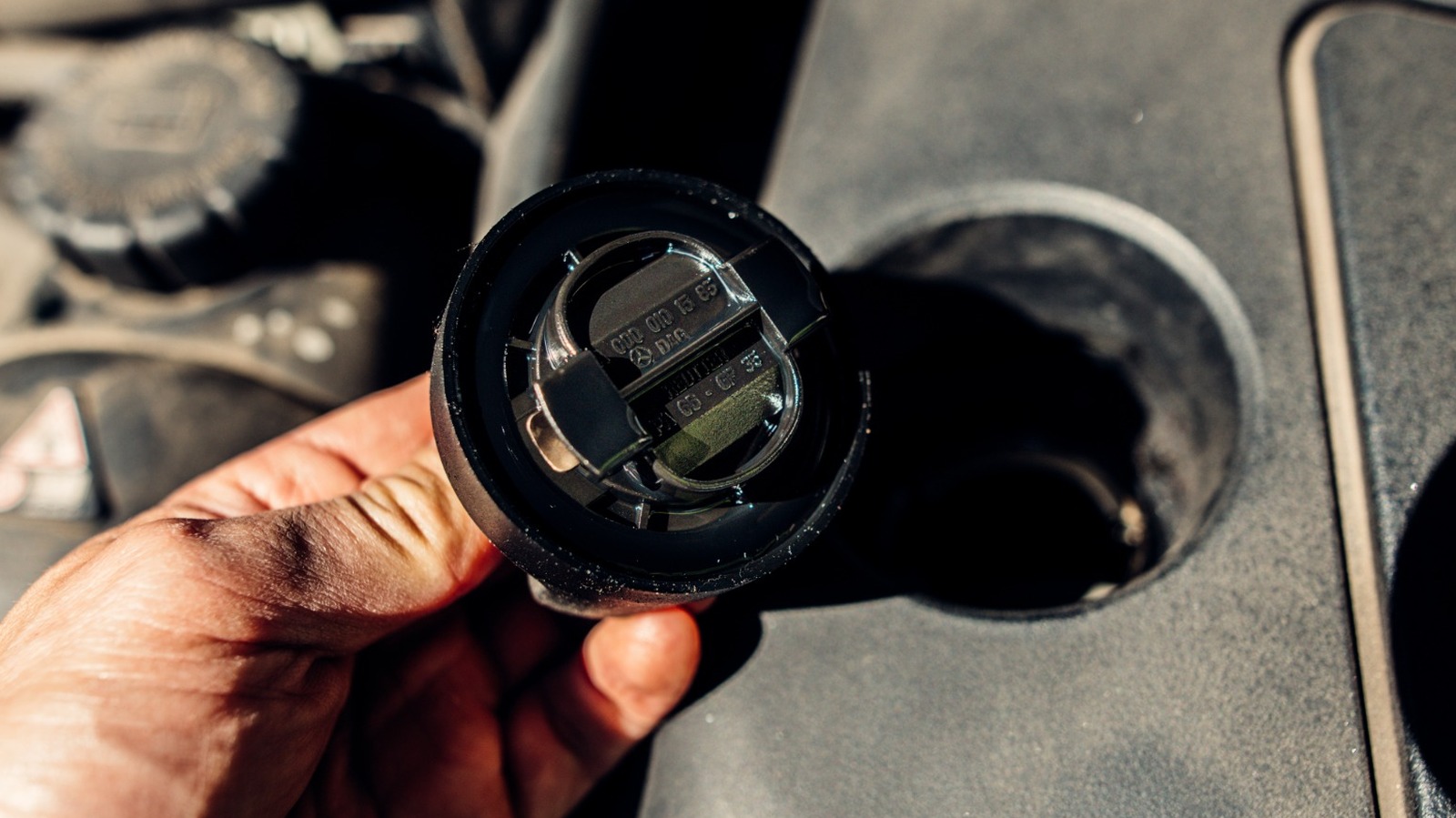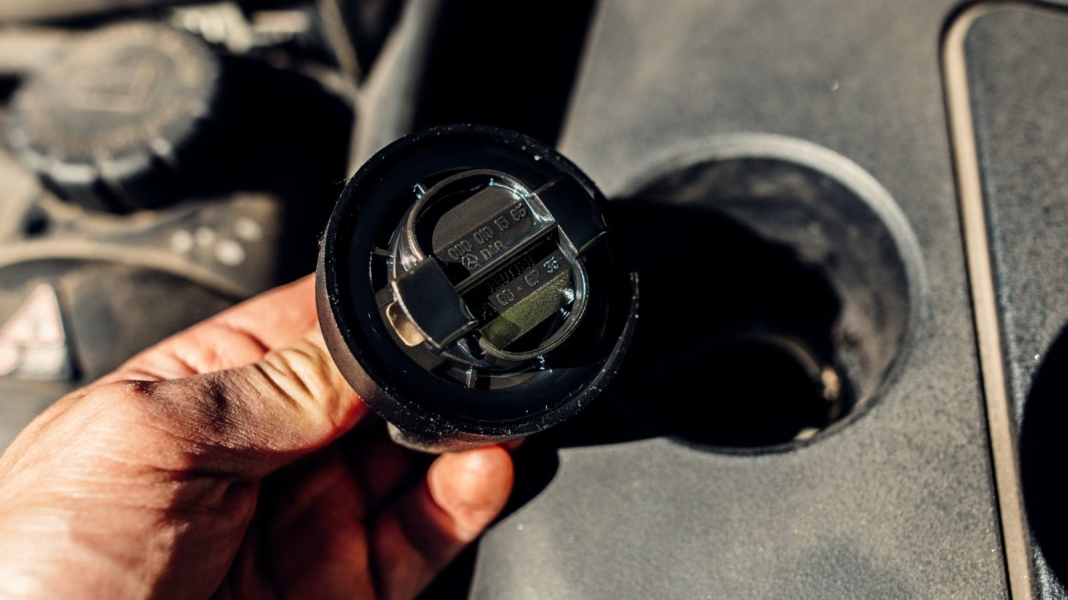What Does That White Sludge Under Your Oil Cap Really Mean?
Pop the hood, twist off your oil cap, and—yikes. There it is: a weird, milky-white goop clinging to the underside. If you’ve never seen it before, it’s enough to make your stomach drop. Is your engine toast? Are you looking at a massive repair bill? Let’s break down what’s actually going on, why it happens, and what you can do about it.
Is White Sludge Always a Sign of Engine Trouble?
First things first: don’t panic. That off-white, almost mayonnaise-like sludge is usually an emulsion of oil and water. It forms when moisture sneaks into your engine oil and gets churned up with the oil’s additives. But here’s the thing—not all white sludge is created equal.
If you only spot a thin film under the oil cap, especially during colder months, it might just be condensation. Short drives in chilly weather don’t give your engine enough time to fully heat up and burn off moisture, so it collects in the oil system. According to the American Automobile Association (AAA), this is a common sight in cars that make frequent short trips—think school runs or quick errands—where the engine never really gets hot.
When Should You Worry About White Sludge?
Now, if you’re seeing a thick, creamy buildup that keeps coming back, or if it’s showing up elsewhere (like on the dipstick), that’s a red flag. Persistent white sludge can point to a more serious issue: a coolant leak. The most common culprit? A blown head gasket, which allows coolant to seep into the oil system. This isn’t something to ignore. Left unchecked, it can lead to catastrophic engine damage.
Other symptoms to watch for include unexplained loss of coolant, sweet-smelling exhaust, or your temperature gauge creeping higher than normal. If you notice any of these, it’s time to have a trusted mechanic take a closer look.
What Causes Moisture to Mix with Engine Oil?
Engines naturally produce water vapor as a byproduct of combustion. Normally, this vapor exits through the exhaust or evaporates as the engine heats up. But if you’re only driving short distances, the engine doesn’t get hot enough to evaporate all that moisture. The result? Water condenses inside the engine and mixes with the oil, especially near cooler surfaces like the oil cap.
Environmental factors play a role, too. High humidity, frequent temperature swings, and even parking your car outside overnight can all contribute to condensation buildup. According to a 2023 report from the Society of Automotive Engineers, vehicles in colder climates are up to 30% more likely to develop this kind of sludge in winter months.
How Can You Tell the Difference Between Harmless Condensation and a Serious Problem?
Here’s a quick test: wipe the sludge off the cap, then check again after a week of regular driving. If it doesn’t come back, it was probably just condensation. But if you see the sludge return quickly, or if it’s getting worse, you might have a coolant leak.
Also, check your oil dipstick. If the oil itself looks milky or frothy, that’s a sign water is mixing throughout the system—not just at the cap. In that case, don’t wait. Get your car checked out before bigger problems develop.
What Should You Do If You Find White Sludge?
If you suspect condensation is the culprit, the fix is simple: take your car for a longer drive once a week. Aim for at least 20-30 minutes on the highway to let the engine reach full operating temperature. This helps evaporate any trapped moisture.
Regular oil changes are also key. Old oil is less effective at suspending contaminants, so stick to your manufacturer’s recommended schedule. If you’re dealing with a suspected coolant leak, though, don’t try to DIY it—this is a job for a professional.
Can You Prevent White Sludge from Forming in the First Place?
Absolutely. The best defense is making sure your engine gets hot enough, often enough. If your driving habits are mostly short trips, try to combine errands or take the scenic route home every now and then. Keeping your cooling system in good shape—checking coolant levels, replacing hoses, and watching for leaks—also goes a long way.
A 2022 study by Consumer Reports found that cars maintained with regular long drives and timely oil changes had 40% fewer engine sludge issues than those used only for short, stop-and-go trips. That’s a pretty compelling reason to take the long way once in a while.
What’s the Real Risk If You Ignore White Sludge?
Letting white sludge build up unchecked can lead to clogged oil passages, reduced lubrication, and—if coolant is involved—serious engine wear or even failure. In extreme cases, the repair costs can run into the thousands. It’s one of those problems where a little attention now can save you a world of hurt (and expense) later.
The big takeaway? White sludge under your oil cap isn’t about perfection—it’s about smarter adjustments. Start with one change this week, and you’ll likely spot the difference by month’s end.


